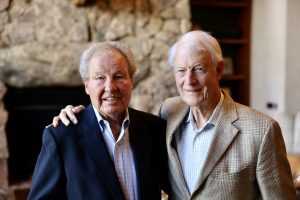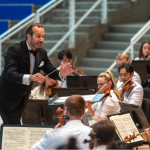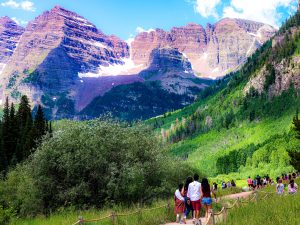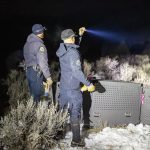Beyond the Algorithm: From Hilton Head to Snowmass
A conversation with Jim Chaffin and Jim Light on building community and staying the course
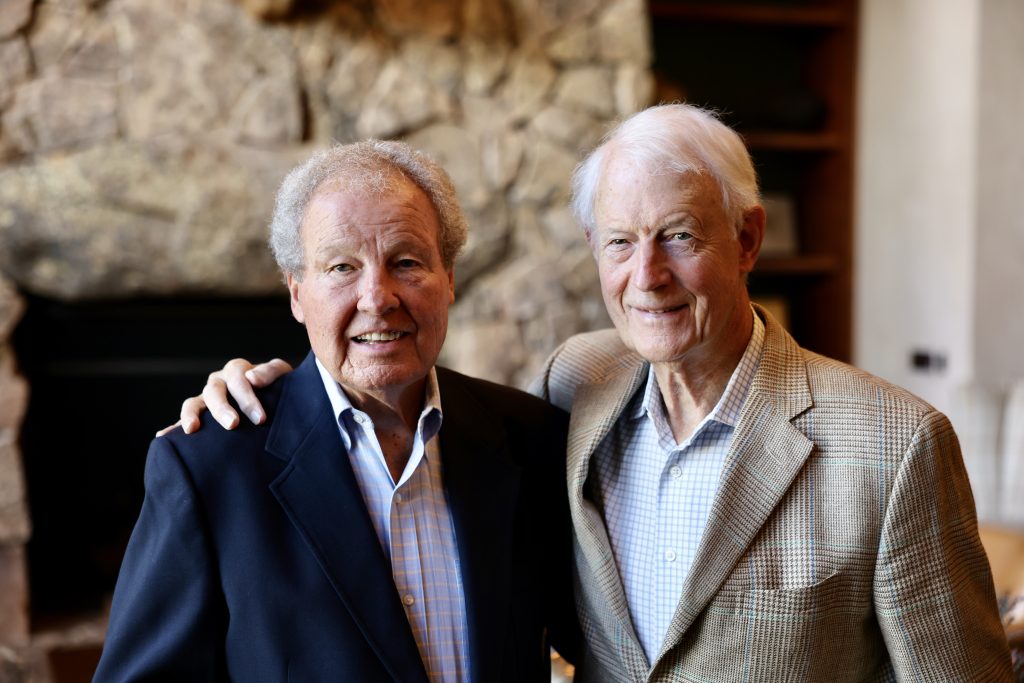
Courtesy photo
From navigating a $257 million debt crisis to transforming Snowmass into a year-round community, Jim Chaffin and Jim Light have seen — and shaped — it all.
I sat down with Jim Chaffin and Jim Light to discuss the turning points, near-disasters, and shared values that have made Snowmass what it is today, and what local entrepreneurs can learn from their journey.
Q: How did your development careers begin?
Jim Light: We started in the late ’60s with Charles Fraser on Hilton Head Island. He was a visionary — Yale Law School-trained, conservation-minded, and community-focused. There was no zoning in rural South Carolina when Charles master planned his 5,200 acres with four and a half miles of Atlantic oceanfront.
So, Charles used deed covenants to control land uses, protecting the value of each new homeowner and the 1,300-acre nature preserve. He also emphasized livability, what it’s like to be and live in a place, not just what it looks like. That stuck with us.
Jim Chaffin: Charles had a wonderful sense of the simple things that people enjoy.
Every capital and operating budget had a line for “fun and sizzle” — from a singer under the Liberty Oak tree in Harbour Town to a playground and rocking chairs overlooking the marina. He believed that the joy of a place mattered. Both careful observation and imagination played a significant role in how we approached every community and resort.
Q: You mentioned surviving a major financial collapse early on. How did that shape you?
Jim Light: In the early 1970s, the company expanded from Hilton Head, South Carolina, to Amelia Island, Florida, and Southeast Puerto Rico. We were developing high-quality resort communities, but they were financed far too heavily with floating-rate debt. However, when prime interest rates jumped in 1974 from 6% to 12%, our borrowing cost rose from 11% to 17%. And few prospects could afford to buy what we were selling. To stay alive, we and our team needed to turn our $20 million resort operations from a $1 million loss into a $1 million profit. We needed to restructure $257 million in defaulted debt to avoid what would have been the third-largest bankruptcy in the country.
Jim Chaffin: We had learned from Charles the value of transparency in consumer marketing. From the beginning in the mid-1950s on a then-remote island, Charles disclosed all of his plans to buyers long before consumer protection laws required it. We carried that forward in the debt restructuring. We, along with our financial officers, met face-to-face with lenders and presented our plans to them. We weren’t threatening bankruptcy. We were asking for help, sincerely. And they responded. That willingness to be open made all the difference.
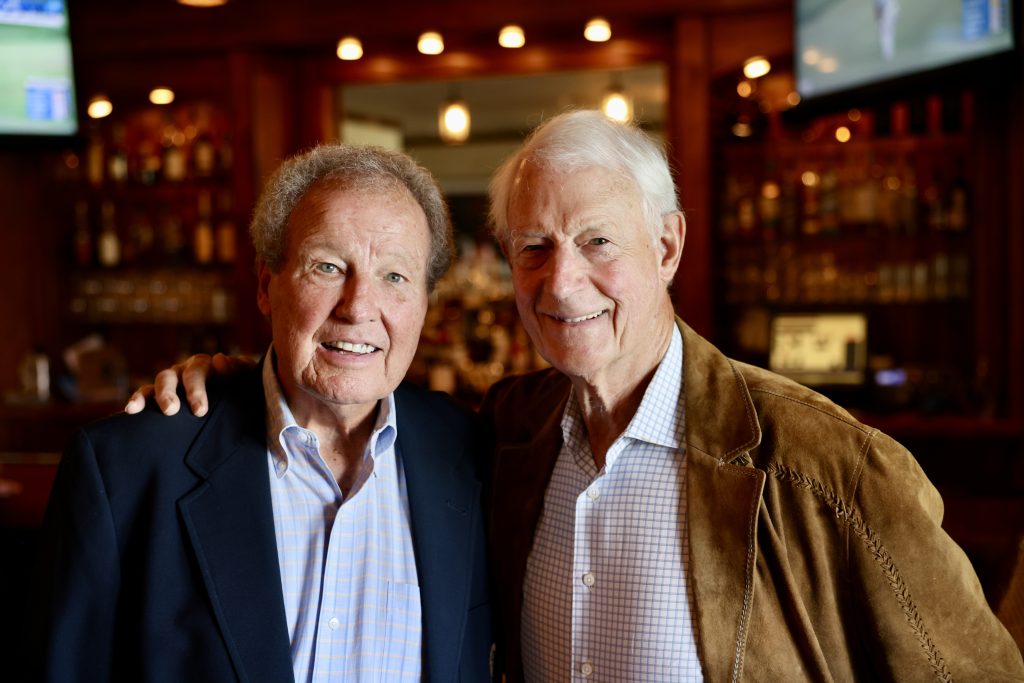
Q: Let’s talk about Snowmass. How did it land on your radar?
Jim Light: A property manager I had met during a 1970 resort marketing conference in Snowmass called me in August 1977 and said that virtually all of Snowmass — 3,000 acres — was for sale. Fortunately for us, it was being offered very quietly. We had skied here with our wives, but we hadn’t seen how beautiful it was in the fall until we came to review the property.
Jim Chaffin: At the time, it was still called “Snowmass at Aspen.” Aspen Skiing Company had installed several ski lifts. Individual developers had built small lodges and condos, and the Mall was operating. But it did not feel to us that any emphasis had been placed on the community. It had the “bones” of a most appealing resort. However, we did not think that it could ever be a great resort unless we could help make it a livable year-round community.
Q: How did you finance the purchase?
Jim Light: After our proposed institutional investor turned us down on Jan. 3, 1978, we had 28 days to raise $7 million. Our $500,000 deposit — a loan from an angel investor — was refundable until Feb. 1, 1978. Our stock options had gone to zero, and net worth was tied up in our homes. We had to raise capital through a private syndication, which we had never attempted before.
So, we turned to people who knew us and introduced us to prospective investors familiar with Snowmass. We raised most of the capital in Oklahoma City, Houston, and Cincinnati. Our presentation was quite basic: a handwritten pro forma on a 13-column ledger, one aerial photo, and some resort brochures. Our willingness to stay with what might have been Charles Fraser’s sinking ship, along with our candor, turned out to be important credentials when investors checked us out.
Jim Chaffin: No slide show or pitch deck. No slick pro forma. Just: “here’s who we are” and “here’s what Snowmass could be.” Fortunately, enough investors believed in the vision and committed at just the right time. As we look back, those who checked us out, recognizing our loyalty to Charles and honesty with our lenders (in addition to a decade of professional experience), believed in us and took the chance.
Those investors put in $5 million in equity and realized $20 million in six years. But more importantly, those investors helped us create something of lasting value.
Q: What did it take to turn a resort into a real town?
Jim Light: Intentionality and some great luck. Fortunately for us, the leaders of the residents in Snowmass had just incorporated the Town of Snowmass Village. They asked us to allow the Town to annex our 3,000 acres, which surrounded the existing 600 acres, with the same zoning we had in Pitkin County. We then worked with the Town leaders on what became the 1980 Master Plan. Our timing could not have been better to change the direction of Snowmass.
We built 96 units of affordable housing in our first full year. We gave land for Anderson Ranch, Snowmass Chapel, the Resort Conference Center, and miles of trails. We contributed funds to build a Town Park, including a ball field with the same specs as Coors Field. Something we learned from Charles: when evolving a human settlement, take the best property you have and share it with everybody. That mindset shaped everything we did in Snowmass.
Jim Chaffin: That mix was by design. Community isn’t just about buildings — not just what a community looks like — but what it is like to live there. Anderson Ranch and the Snowmass Chapel and Community Center served both the resort and the community. Perhaps just as important as the contributions of land and funding, we, along with our wives, put in our sweat equity into the new organizations. We set aside 20% of the Snowmass Club memberships for people who worked in the community. You’d see a ski instructor or schoolteacher in the same locker room as a CEO.
Q: Talk about your emphasis on summer and non-skiing resort activities.
Jim Light: We noted that virtually all the real estate value was in properties near skiing — it was a four-month resort. We also saw opportunities for more resort activities in the summer.
Jim Chaffin: We rebuilt the original golf course with a redesign by Arnold Palmer and Ed Seay. We added new, high-quality tennis courts and hosted celebrity and tennis star events. We continued the Rodeo and supported the start-up of the Balloon Festival, as well as the original Aspen-Snowmass Wine Festival.
Q: What did you learn about entrepreneurship from those early years?
Jim Chaffin: That you must have a healthy fear of failure — measuring risks and then taking them. We were building a vision with limited capital, a narrow margin for error, and considerable risk. But we were also incredibly focused. Not every good idea is a great idea. You learn to prioritize what you believe will work.
Jim Light: And you must stay calm under pressure. In early 1984, Bowery Savings Bank, our financial partner, which just bought out the individual investors, was taken over by the FDIC. Readers of the local papers felt that we’d personally gone bankrupt. We hadn’t. But that taught us that perception matters, and sometimes your job is to steady the ship while everyone else is panicking.
Jim Chaffin: Another thing I’d say is, when things happen beyond your control — and they will — you must focus on where you are and what needs to happen next, without losing sight of what you’ve already accomplished. Sometimes huge disruptions come from outside forces. Sometimes it’s just a misstep. But instead of falling into blame or discouragement, ask What do I need to do to keep going? That mindset is everything.
Q: How did your wives and families react?
Jim Light: We would not have survived all the dramatic changes without the unwavering support of our wives. Yes, of course, they often asked if we were crazy. Dianne could have moved back to South Carolina in the first year, where it might have been easier to raise our two young boys. But she learned to drive in the snow and took two Outward Bound courses, developing her outdoor skills to enjoy this spectacular environment. She started and built a successful interior design business with a partner. She got involved with our school and local organizations. She cannot imagine living anywhere else. And 20 years ago, our older son moved back with his wife to raise their family.
Jim Chaffin: Betsy fell in love with these mountains as soon as we arrived. She loved hiking and the outdoors, and we quickly acclimated to family hikes and camping trips. Our kids took up skiing and ice-skating, activities unfamiliar to us. Betsy co-founded the Snowmass Sun. However, her true passion was the Anderson Ranch Art Center, where she joined the Board soon after our arrival. As Board Chair, she helped lead the strategic effort for the Ranch to expand its summer workshops, become a more year-round art center, and build the first two new campus buildings: the Fischer Photography Center and the Café and Dorm complex. Before we moved back to Spring Island, South Carolina, in 1989, Betsy was the executive director of the Aspen Community Foundation.
Q: You’ve been partners for over 47 years. What’s the secret?
Jim Chaffin: Shared values. Had we been only about money, we wouldn’t have lasted. There were too many financial ups and downs. But we were in it to build something meaningful for ourselves and others.
Jim Light: We also had different strengths. Jim led our sales and operations while I focused on finance and development. Of course, we collaborated on all the necessary political approvals. But we trusted each other. Even when things got hard.
Q: When you look at Snowmass today, what do you see?
Jim Light: Pride, mostly in the delicate balance between resort and community. Our brilliant planner, Skip Sachs, helped us and the Town with the master plan — converting a day skier parking lot into the Base Village. What you see today is bigger, sure, but the spirit of community — that people live here, not just visit — that still matters. That’s what we’re most proud of.
Jim Chaffin: Not everything was built the way we envisioned. We proposed the Base Village as part of the 1980 Master Plan to expand the resort, as the Mall could not be expanded. Our plan shocked many as being too dense, but a much larger (and controversial) development program was approved by a subsequent Town Council and a referendum of the voters. But residents continue to tell us that they have a sense of belonging to the overall community. That’s the legacy.
Q: Any final advice for entrepreneurs trying to build something here in the valley?
Jim Light: Be predictable and form long-term relationships. That’s how we raised capital, solved crises, and helped build a community. People make the difference.
Jim Chaffin: Be willing to ask for help. That doesn’t make you weak — it makes you real. This valley has not been conducive to development over the last five decades. However, if you continue to show up and do the work, people will also show up for you.
For Jim Chaffin and Jim Light, success was never just about the bottom line. It was about creating places where people want to live, work, and give back. Decades later, Snowmass still exhibits the hallmarks of their philosophy, a community heritage that mattered to them from the start.
Bryan Welker lives and breathes business and marketing in the Roaring Fork Valley and beyond. He is president, co-founder, and CRO of WDR Aspen, a boutique marketing agency that develops tailored marketing solutions. If you know a businessperson we should interview, please reach out!
